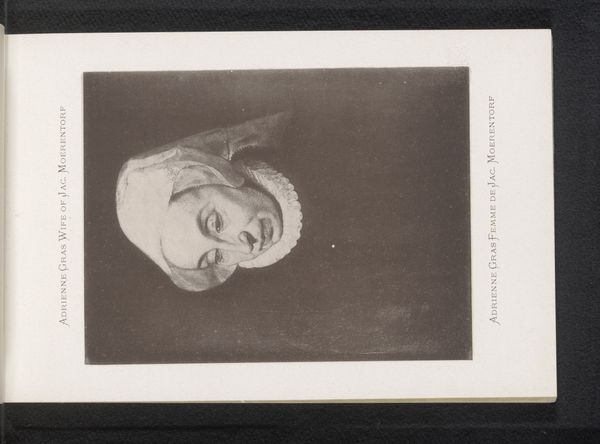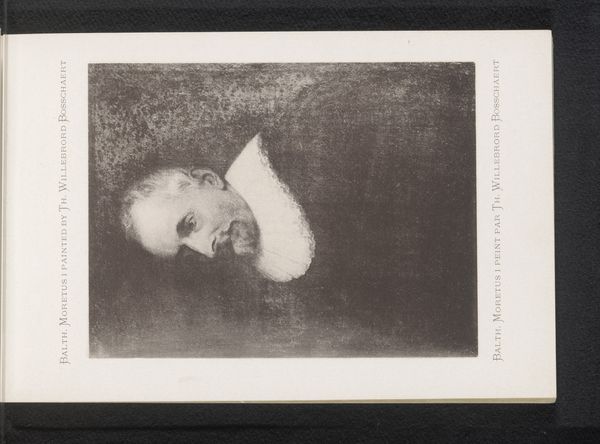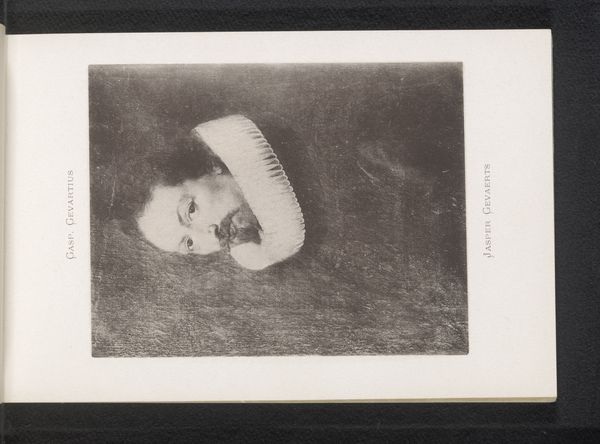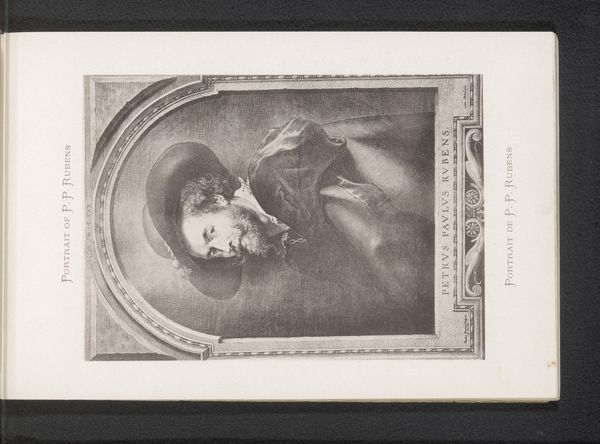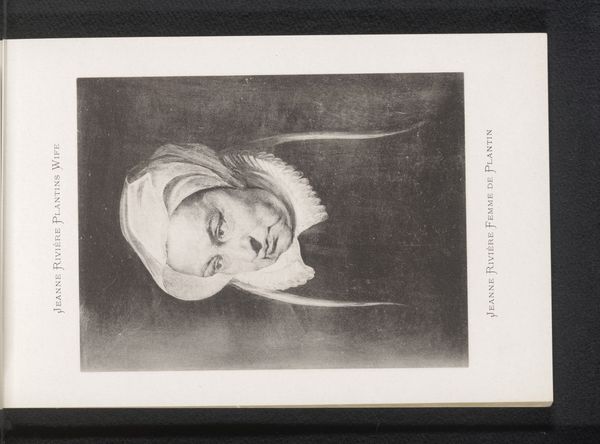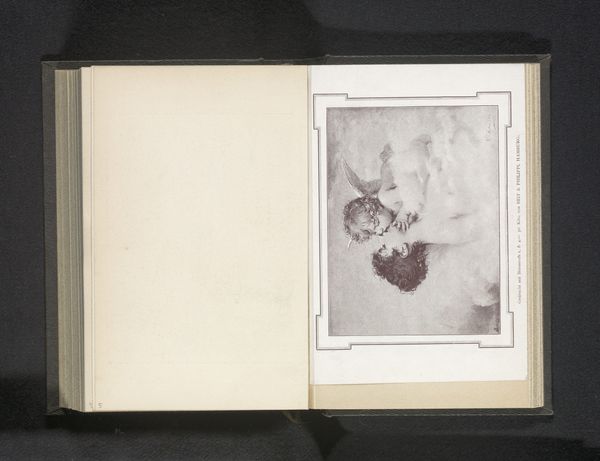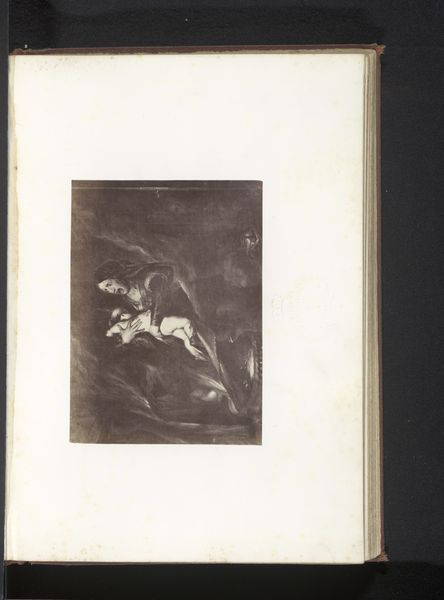
Reproductie van een geschilderd portret van Christoffel Plantijn before 1897
0:00
0:00
print, photography
#
portrait
# print
#
11_renaissance
#
photography
Dimensions: height 163 mm, width 125 mm
Copyright: Rijks Museum: Open Domain
Editor: So, this is a photograph of what's described as a reproduction of a painted portrait of Christoffel Plantijn. It's dated to before 1897 and housed at the Rijksmuseum. The first thing that struck me was its somber tone and the stark contrast. How do you interpret this work, thinking about the material and process involved? Curator: Considering this image as a photograph of a reproduction, rather than the original painted portrait, shifts the focus. The photograph itself becomes a commodity, a product of industrial processes intended for mass consumption. Think about the paper it’s printed on, the photographic chemicals, the labor involved in both creating the reproduction and the photograph of it. What does that tell us about Plantijn's legacy? Editor: I hadn’t thought about the implications of it being a photograph *of* a portrait. It suggests Plantijn’s image has become something to be disseminated and consumed. Does that cheapen the original artistry? Curator: Not necessarily cheapen, but certainly democratize, making it accessible beyond the elite circles who would have originally viewed the painted portrait. The very act of reproducing it via photography alters its social function and artistic value, imbuing it with a new kind of worth tied to industrial production and distribution. Consider the societal shift enabled by the printing press which Plantijn was so central to; this photograph continues that trajectory of dissemination. Where was it likely intended to be sold or used? Editor: Probably in books about Plantijn, maybe as a postcard? So the value shifts from artistic skill to informational content and memorialization. Curator: Precisely. And it becomes about accessibility, affordability, and the technology that enables the broader spread of knowledge and, arguably, culture. It reminds us how the means of production dictate the reception and social life of art. Editor: I see how looking at it this way connects art to broader economic and technological changes. It really makes you rethink the power dynamics around image-making and consumption. Curator: Indeed. The materials and methods employed aren’t just neutral conveyors of an image; they are integral to shaping its meaning and social impact.
Comments
No comments
Be the first to comment and join the conversation on the ultimate creative platform.
